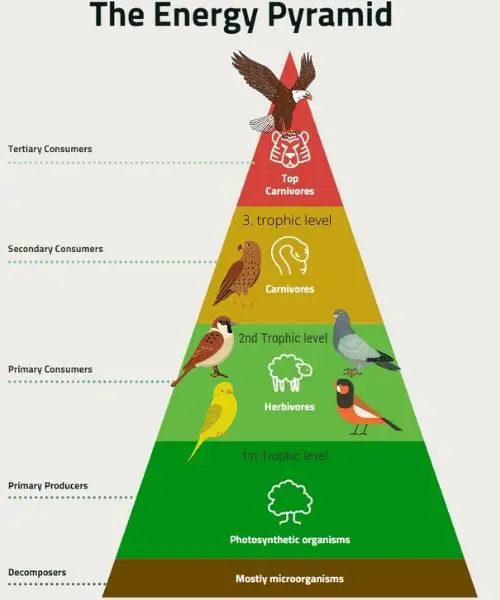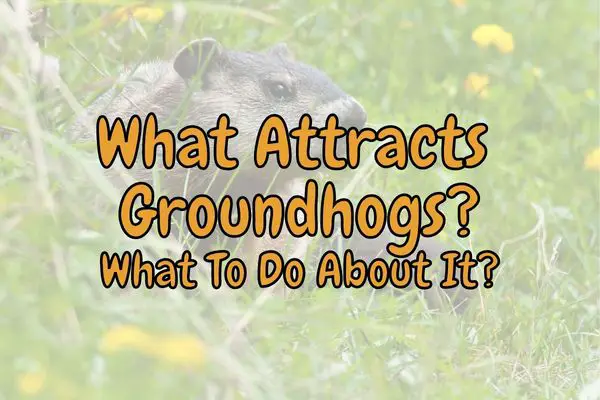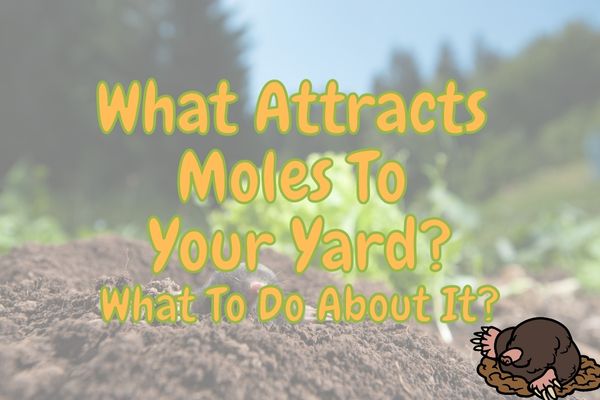Magpies are omnivorous birds that are native to Europe, Asia and North Africa. They are easily recognizable by their black and white plumage, and their long tail.
Magpies eat a wide variety of food items, including seeds, nuts, worms, small animals and carrion. If available, they actually prefer to eat animals due to their higher nutritional value. However, their broad diet classifies magpies as omnivores rather than carnivores or herbivores.
Magpies are opportunistic feeders that will take advantage of whatever food is available. This means that their diet can vary considerably between regions and between seasons. In some areas magpies may mainly eat worms, while in others they may eat more fruits and berries.
In the wild, magpies play an important role in the food web as they help to control populations of small animals and insects.
I have previously looked into the diet of magpies, more specifically that of baby or fledgling magpies. Feel free to check those articles out if you are interested in more specific items eaten by magpies and how their diet changes as they grow.
However, in this post is a bit different as I will assess the magpie diet more broadly in relation to its position in the food chain and ecosystem as a whole.
Habitat and Diet of Magpies
Magpies are found in woods, forests, meadows, and gardens. They are very adaptable birds and can live in most habitats as long as there are trees nearby.
Magpies are omnivores, which means they eat both plants and animals. Their diet consists of seeds, nuts, worms, small animals, and carrion (dead animals). In the wild, they will eat just about anything they can find.
- Seeds
- Fruit
- Insects
- Butterflies
- Small animals
- Snails
- Nuts
- Worms
- Larvae
- Caterpillars
Magpies use their beaks to peck at food. They will often hide food in the ground or in trees to save for later.
Are Magpies Carnivores, Herbivores or Omnivores?
Magpies are omnivores. Magpies eat insects, seeds, nuts, worms, small animals, carrion, berries, grains and fruits.

However, they do prefer to eat meat (mostly insects) if available!
Are Magpies Producers, Consumers or Decomposers?
Magpies are consumers. Magpies get their energy by eating other living organisms, such as plants or animals. Magpies, therefore, are consumers, not producers or decomposers.
What Type of Consumer is a Magpie?
Magpies are mostly secondary consumers because they eat primarily plants, but some magpies also eat insects and are therefore primary consumers. Generally, herbivores are primary consumers, omnivores are secondary consumers and carnivores are tertiary consumers.
Can Magpies be Considered Decomposers?
No, magpies are not decomposers but they do sometimes act as scavengers.
Animals that eat dead plants or animals can be either detritivores or scavengers.

Depending on the stage at which they eat the decomposing matter, what type it is, and how far they break down their food, they are considered either scavengers, detritivores or decomposers.
Where are Magpies in the Food Chain?
Magpies are secondary consumers because they are omnivores and eat a variety of foods, including insects, small mammals, and other birds.
Magpies have few predators, but they can sometimes be killed by large birds of prey (tertiary consumers) or by humans.

Because they are not purely carnivorous, they are located just above primary consumers, at the third trophic level, in the food chain.

Decomposers create the foundation of the energy pyramid and are placed at the very bottom of the food pyramid.
Are Magpies Autotrophs or Heterotrophs?
Magpies are heterotrophs because they eat other living organisms. Practically no animals are autotrophic because animals do not get their energy directly from the sun like plants do.
That is, animals like the magpie do not make their own energy, but need to eat other organisms as their energy and carbon source.
What Animals Hunt and Eat Magpies?
There are many animals that eat magpies, including other birds, snakes, lizards, and mammals.
Some of the animals that eat magpies include: birds (such as hawks and owls), snakes (such as rat snakes and garter snakes), lizards (such as skinks), and mammals (such as squirrels, chipmunks, raccoons, and opossums).
Conclusion
In this post I have looked into the diet of the magpie and how it is a bird that is often overlooked in the food chain. Magpies are omnivores, they eat a variety of foods including seeds, nuts, worms, small animals, carrion and more!
The magpie is a common bird of the US and a familiar sight in parks and gardens. Magpies are a very intelligent bird that is well known for its ability to mimic the calls of other birds.
Magpies are not endangered, but they are an important part of the US’s ecosystem and they are a fascinating and intelligent bird! The natural enemies of magpies are hawks, owls, and other predators.
If you would like more information on magpies, or other birds, check out my other posts!




